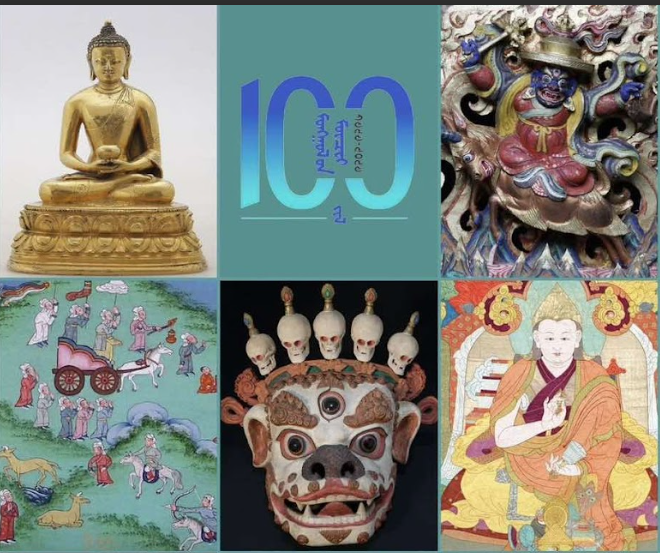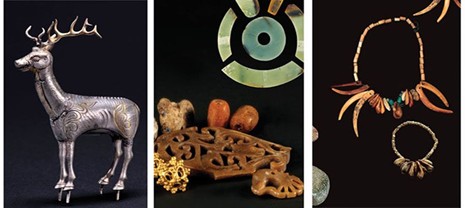
WHAT TO DO IN ULAANBAATAR
|
I. THE FINE ARTS ZANABAZAR MUSEUM
|
|
THE ART GALLERY OF MONGOLIA
The Mongolian Art Gallery is a public service organization established in 1991. Dating back to the victory of the People's Revolution of 1921 to Today, the gallery has more than 4,000 works of art, including paintings, sculptures, engravings, embroidery, and handicrafts created by talented artists of all generations. By visiting the gallery, you will be able to see the ancient history and culture of nomadic Mongolians, national customs, way of life and livelihood, as well as modern works of free thinking and works depicting the beautiful nature of the vast steppe and Gobi Khangai. (Source/Link: https://art-gallery.mn/en/news)
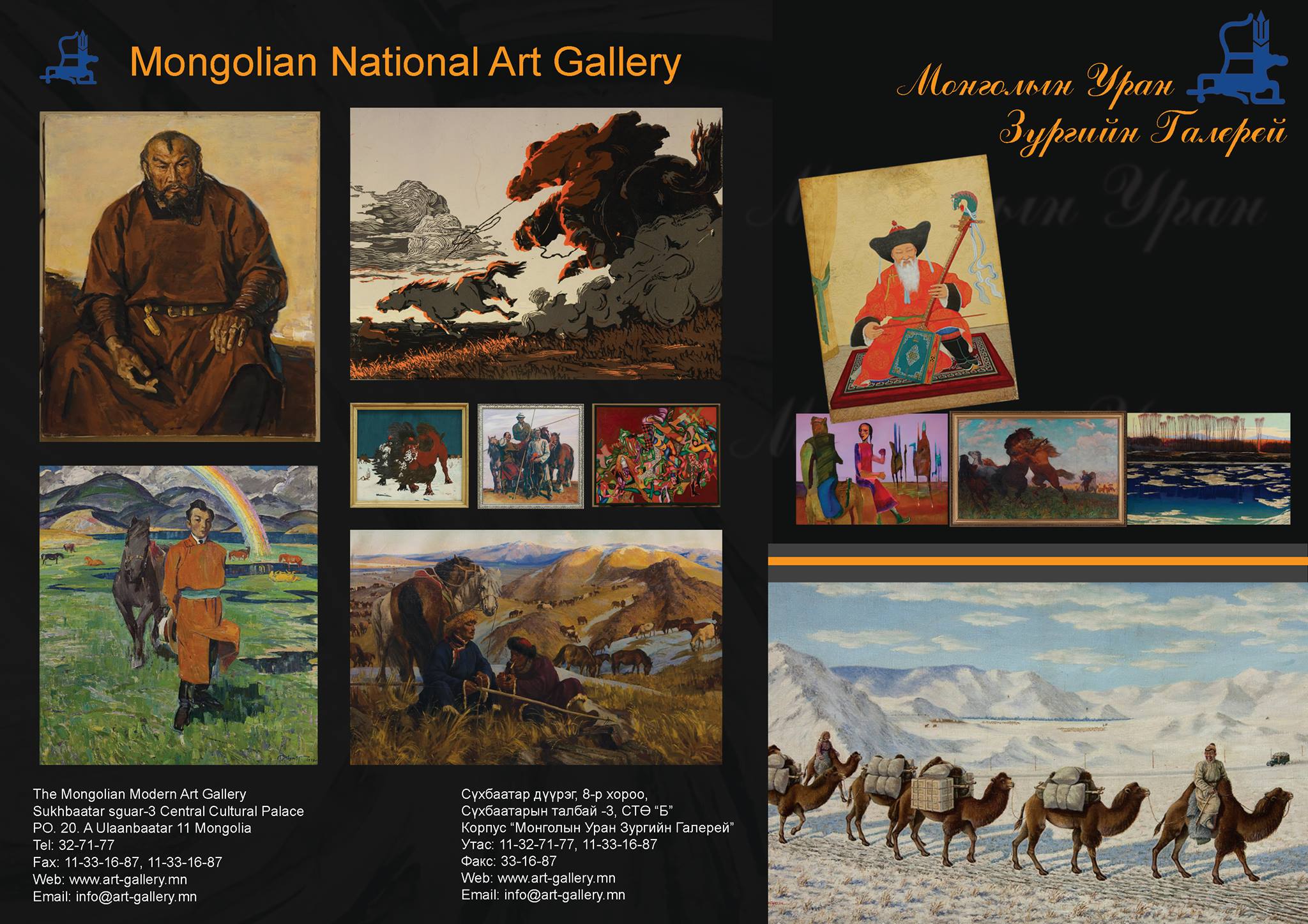
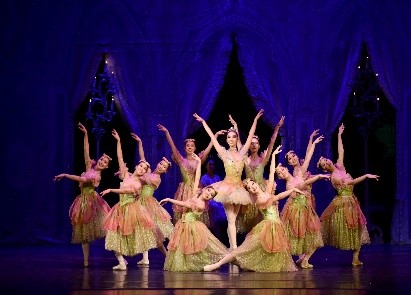
THE NATIONAL ORCHESTRA AND BALLET THEATRE OF MONGOLIA
The National Philarmonic Orchestra and Ballet Theatre of Mongolia was established in 1950. The repertoire of the Theatre includes more than 100 world classical and national operas and ballets. Annually, the Theatre delights its audiences with more than 100 performances from 26 operas and 21 ballet performances from its repertoire. Opera vocalists, singers, philarmonic orchestra, musicians, and ballet dancers have successfully participated and achieved recognitions and awards from prestigious international competitions. The Website: http://www.opera-ballet.mn/
Ticketing support and the schedule for the ballet and opera for June 2025 shall be retrievable HERE (UPLOAD WHEN AVAILABLE).
THE GORKHI-TERELJ NATIONAL PARK
The Gorkhi Terelj National Park is located 65 km northeast of Ulaanbaatar by paved road. High granite stone mountains with forest-covered northern slopes, multitudes of wildflower meadows, and spectacular wind-formed rocks are favorite sights for visitors. Fast-flowing rivers and streams make the national park more beautiful.
An average altitude of the 293.168 ha national park is 1600 m above sea level and the highest point is 2664 m Avkhan mountain. The national park is one of the most visited national parks due to its close location. There are numerous ger camps and resorts in the tourist zone before the Terelj River. The rest of the protection zones start after the Terelj River and become less touristy, less inhabited with pristine nature. The depths of the mountain forest are rich in wild animals, including boar, red deer, roe deer, fox, wolves, etc while birds of prey fly everywhere. Except for the natural beauty, Terelj was a mining area of smoke-stone, amethyst, and pure crystal till 1960.
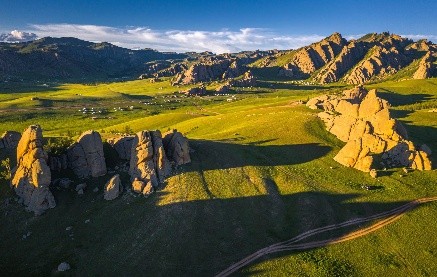
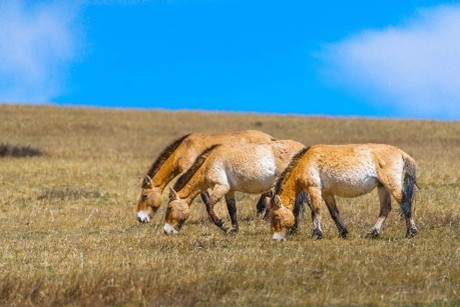
THE HUSTAI NATIONAL PARK
The Hustai National Park offers an extraordinary natural diversity. From forest steppe, grassland steppe and sand dunes to it’s rich biodiversity’s and cultural monuments.
The Przewalski’s horse (Equus ferus przewalskii), also known as “takhi” in Mongolian, is considered to be the last and only remaining wild horse species in the world. Mongolia is the only place in the world where Przewalski’s horses exist within their historic range; HNP is home to the world’s largest number of Przewalski’s horses in the wild.
Reintroducing of the Takhi (the wild horse) in the wild was the fundamental reason for establishing the park. Mongolia dedicated this nationally protected area in order to create the peaceful and habitatual land for the Takhi.
The Hustai visitor center focuses on eco-tourism, showing it is positive and protective to the flora and faunca. Tourists and visitors can enjoy the typical Mongolian nature scenery of forest steppe, grasslands, mountains, wild animals, red deer, Mongolian gazelles, camels, yaks, marmots and of course harems of the Takhi. Please refer to Hustai National Park for visitation purposes.
MONGOLIA THE LARGEST DINOSAUR FOSSIL RESERVOIR IN THE WORLD
According to UNESCO World Heritage, the Mongolian Gobi Desert is the largest dinosaur fossil reservoir in the world. The region is especially important as regards dinosaur fossils from the later Cretaceous period, which is the last of main three periods of the dinosaur age, representing the final phase of dinosaur evolution.
120 million years ago the vast Mongolian desert basins and valleys contained freshwater rivers and lakes with abundant water resources. Over a history of almost 100 years of dinosaur research, more than 80 genera of dinosaurs have been found in the Mongolian Gobi Desert and identified in science as individual groups, and over 60 fossil sites of dinosaurs and other vertebrates are being discovered by their spato-temporal distribution (from the earlier ages until late) across the Gobi Desert.
For further read: Cretaceous Dinosaur Fossil Sites in the Mongolian Gobi - UNESCO World Heritage Centre
The most famous dinosaur fossil of Mongolia. The most famous archosaurian example of this is the famous fighting dinosaurs of Mongolia that show a Velociraptor and Protoceratops locked in combat. The Velociraptor has its foot claw jammed up in the throat region of the Protoceratops, but equally has its arm stuck in the mouth of its adversary. They may or may not have died together, but it is certainly possible that this was a case where each killed the other.
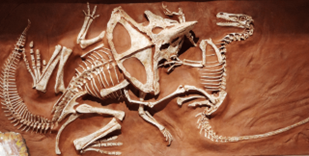
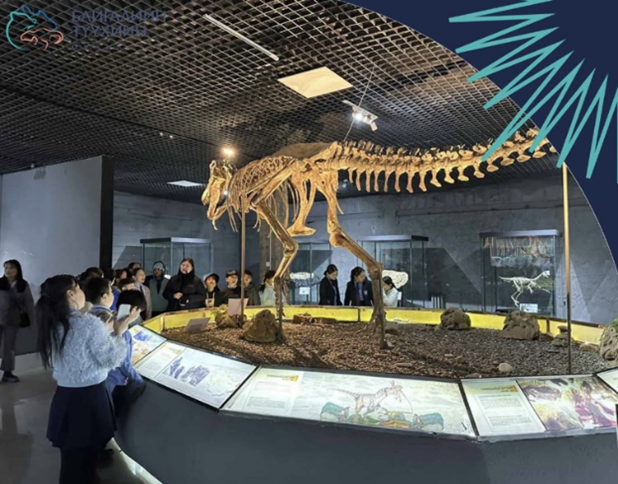
THE CENTRAL MUSEUM OF DINOSAURS
This museum was constructed in 1974. Then was renovated and re-opened in 2016. The centre-piece of the museum is 4 meters tall, three tonnes Tyrranosaurus Rex (T-Bataar). The museum includes Saurolophus, Velociraptors, Protoceraptors, and a nest of a Oviraptor eggs. In the Central Museum of Mongolian Dinosaurs, you can see some of the best examples of Mongolian dinosaur fossils today.
The museum’s centerpiece is a Tyrannosaurus Rex that stands 4 meters tall, weighs 3 tons, and eats flesh. Here are some key features and highlights of the Central Museum of Mongolian Dinosaurs: Dinosaur Fossil Exhibits: The museum displays a remarkable collection of dinosaur fossils that have been discovered in Mongolia. Visitors can view dinosaur skeletons, fossilized eggs, footprints, and other fossil specimens, including some of the most significant findings from various dinosaur species.
Tyrranosaurus Rex (T-Bataar) was sold for over $1 million at an auction in the United States in 2012 by Hollywood actor Nicholas Cage, it made international headlines. The Mongolian authorities including the Prosecutor General’s Office sought the return of the fossil, claiming its unlawful transportation out of the country. A US judge ruled in Mongolia’s favor, bringing the legal battle to a close. Saurolophus, the smaller dinosaur adjacent to T-Baatar, has a striking skull crest. There are also Velociraptors, Protoceratops, and a nest of Oviraptor eggs on display at the museum. The museum is still modest and has a restricted number of exhibits. All of the exhibits, however, are genuine fossils.
Source: https://www.travel-to-mongolia.com/travel-services/capital-city-ulaanbaatar/dinosaurs-museum
|
THE NATIONAL MUSEUM OF MONGOLIA The National Museum of Mongolia’s leading museum dedicated to the preserving the Mongolian history and traditional life, attracting more than 100 000 visitors annually. The NMM was established in 1924 and has remained dedicated to historical investigation and research as well as the collection, preservation and exhibition of artifacts related to Mongolian culture. The 1st floor has some interesting exhibits on Stone Age sites in Mongolia, as well as petroglyphs, deer stones (stone sculptures of reindeer and other animals) and burial sites from the Hun and Uighur eras. Look for the remarkable gold treasure (including a golden tiara), found in 2001 by archaeologists digging near the Kul-Teginii Monument in Övörkhangai. The 2nd floor houses an outstanding collection of costumes, hats and jewellery, representing most of Mongolia’s ethnic groups. Take a gander at some of the elaborate silverwork of the Dariganga minority or the outrageous headgear worn by Khalkh Mongols. Some of the outfits contain 20kg to 25kg of silver ornamentation. The 3rd floor is a must-see for fans of the Mongol horde. The collection includes real examples of 12th-century Mongol armour, and correspondence between Pope Innocent IV and Guyuk Khaan. Written in Latin and Persian and dated 13 November 1246, it bears the seal of the khan. |
|
There is also a display of traditional Mongolian culture with, among other things, a furnished ger, traditional herding and domestic implements, saddles and musical instruments.In the 20th-century-history section, look out for D Sükhbaatar’s famous hollow horsewhip, inside which he hid a secret letter written in 1920 by the Bogd Khan enlisting the aid of the Russian Red Army. It also covers the Communist era, including the suit of cosmonaut Jügderdemidiin Gurragchaa, the first Mongolian in space. The final hall contains a rousing, self-congratulatory display of Mongolia’s recent history and the 1990 democratic revolution, with no mention of the breadlines of the early 1990s or other hardships of the transition from communism to democracy. For further information: National Museum of Mongolia
|
SHOPPING IN ULAANBAATAR
THE STATE DEPARTMENT STORE
The State Department Store was established in 1921, the Mongolian State Department Store, as the name suggests, used to be a government-run affair. Although now it is quite the opposite. For many locals, the Mongolian State Department Store is known as ikh delguur (big shop)as that's what it is! Mongolian citizens see the store as a local institution which isn't too far from the mark for tourists either. You'll see our shopping guide bellow but its seven floors of everything you'll need all under one roof. The State Department store in UB is at the heart of the city, only 10 10-minute walk from Sukhbaatar Square. (Source: Visit Ulaanbaatar Official Website)
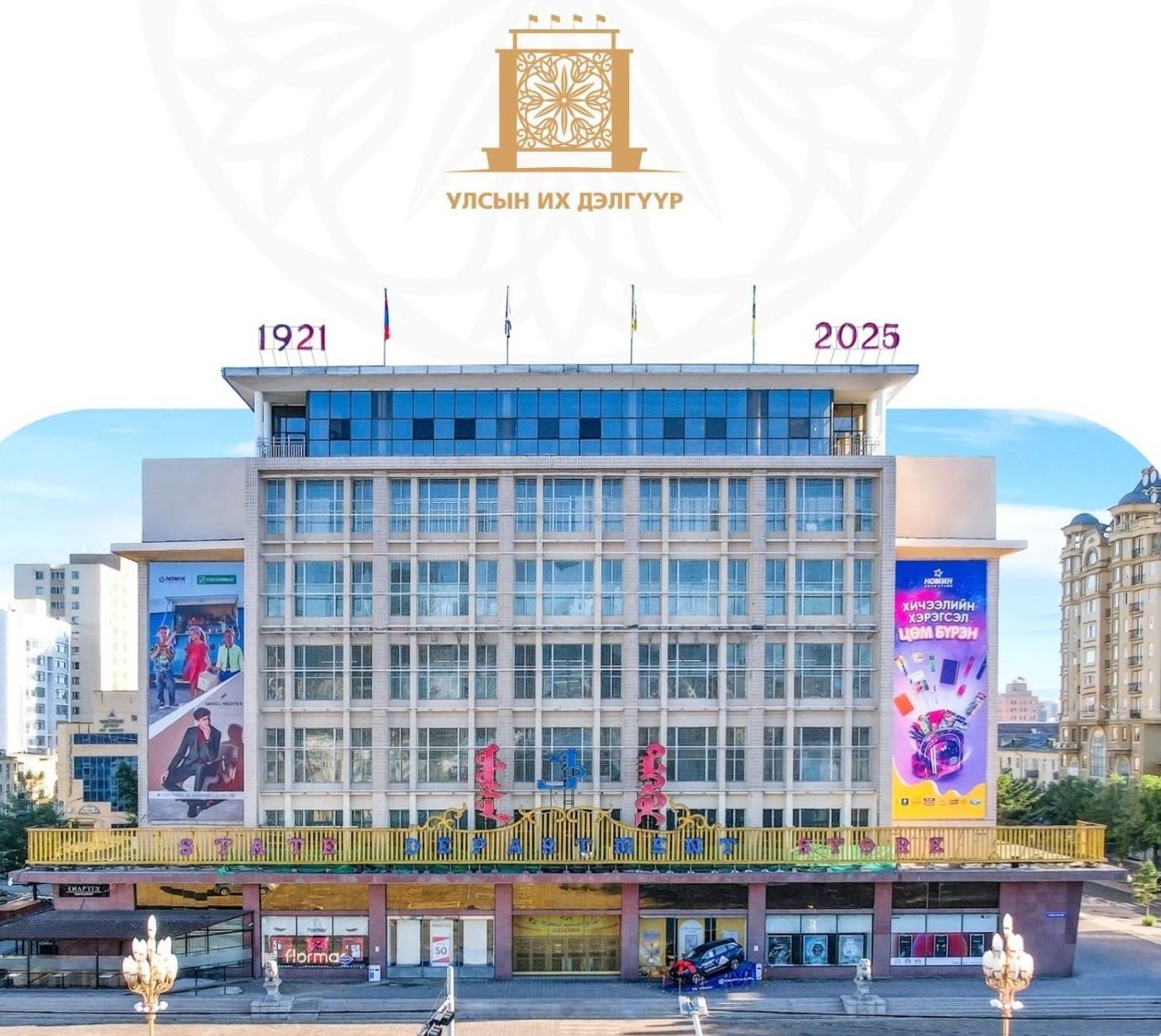
T
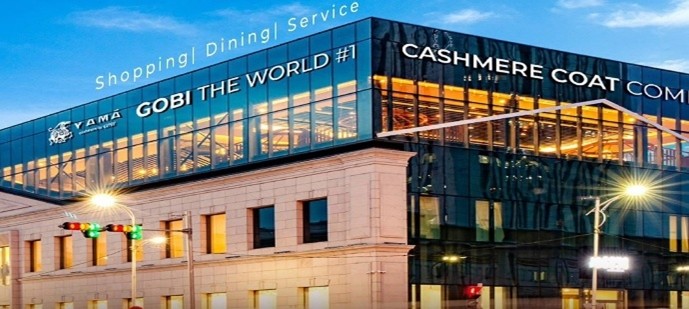
THE GALLERIA MALL
Gobi Cashmere Store The guests shall make a use of the world-class cashmere products of the Gobi Cashmere brand (first cashmere factory of Mongolia) coats and clothing, Baigal Brand Mongolian authentic design jewelry to the availability of the international brand in Shangri-La Mall, the State Department Store, Galleria, Gobi Cashmere Outlet, the Narantuul open market, etc.
Please reference to the nearby located shopping centers/malls here: https://galleriaub.mn/ ; http://www.shangrilacentreub.mn/en
